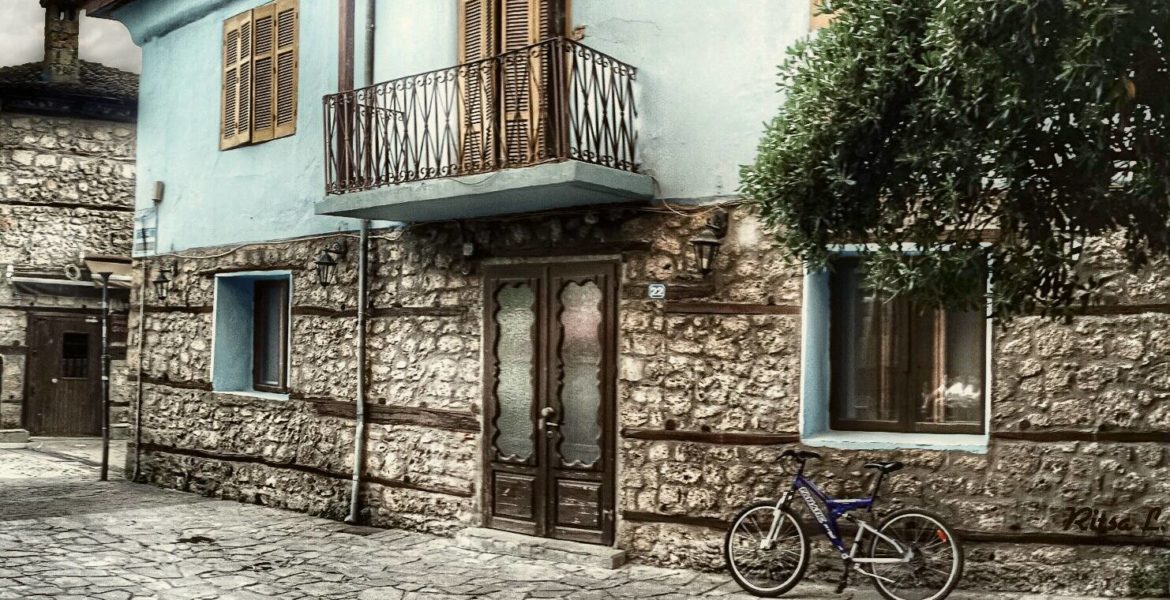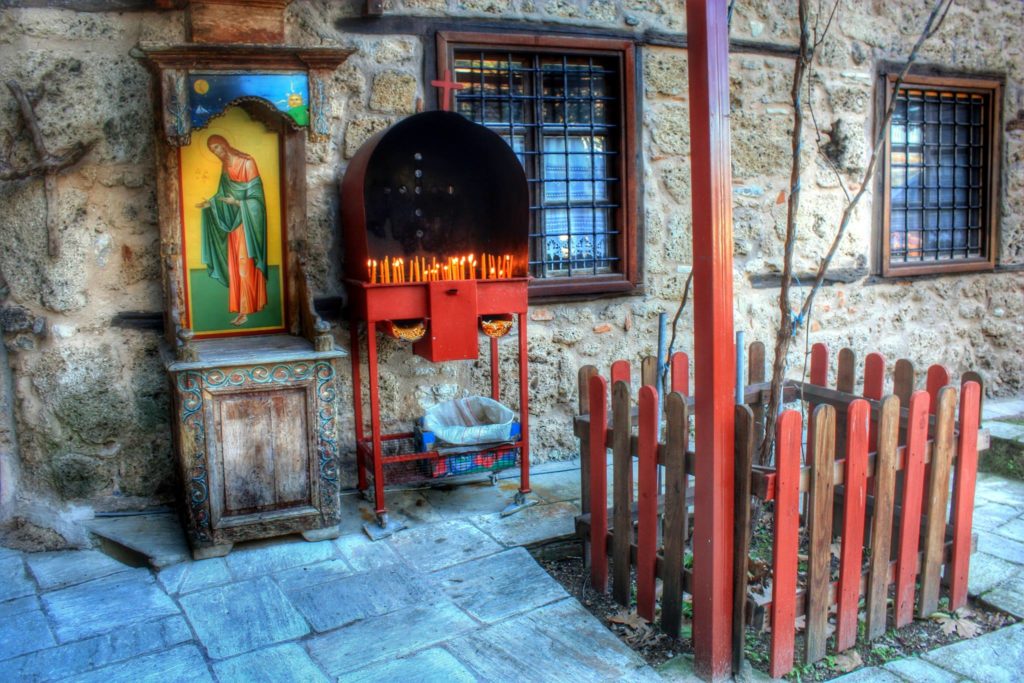
If you are looking for a beautiful town that is bursting with Greek history, culture and traditions, Veria is your place!
This unique city is built on the foothills of Mount Vermion and crossed by the River Tripotamo. From the 11th to the 14th century it was the third most important city of the Byzantine Empire, after Constantinople and Thessaloniki. The impressively large number of Byzantine and post-Byzantine churches have given the city the nickname “Little Jerusalem”. Today, 48 Byzantine and post-Byzantine churches are preserved in the city centre.
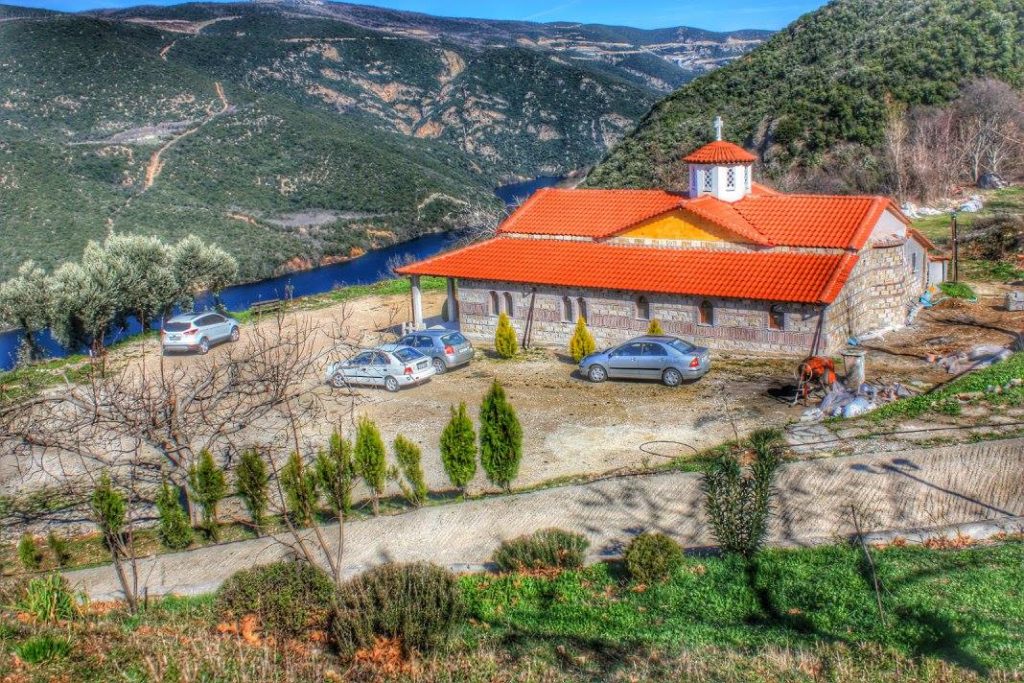
There is evidence that Veria has been occupied by humans as early as 1000 BC.
The city, 60km west and south of Thessaloniki, sits on a ridge on the foothills of the Vermio Mountains. It overlooks, to the east, the Macedonian Plain, which was the heart of the Macedonian Empire, which also would have given the ancient city ample warning if invaders were coming out of the 180-degree panorama from the east. Veria's main square and park, Elia Park, "the balcony of Veria," is built on the edge of the ridge, with the flatness of the plain stretching out for a long distance towards the east.
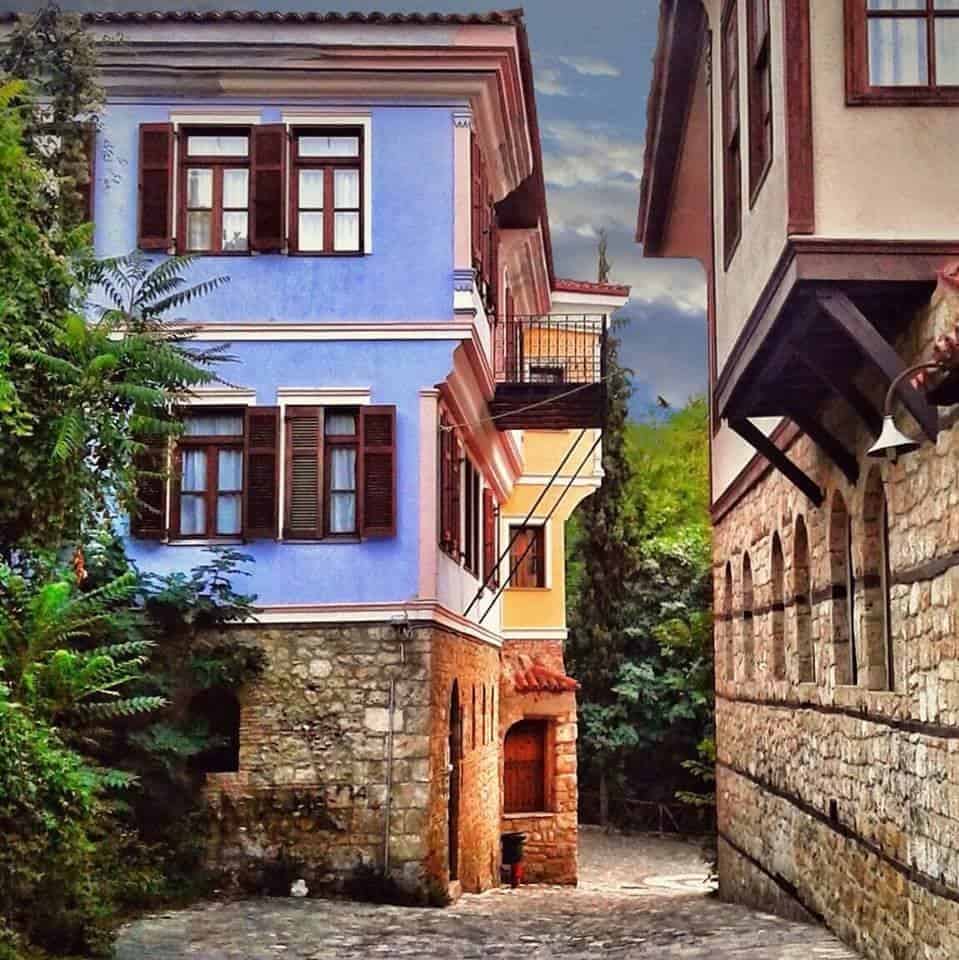
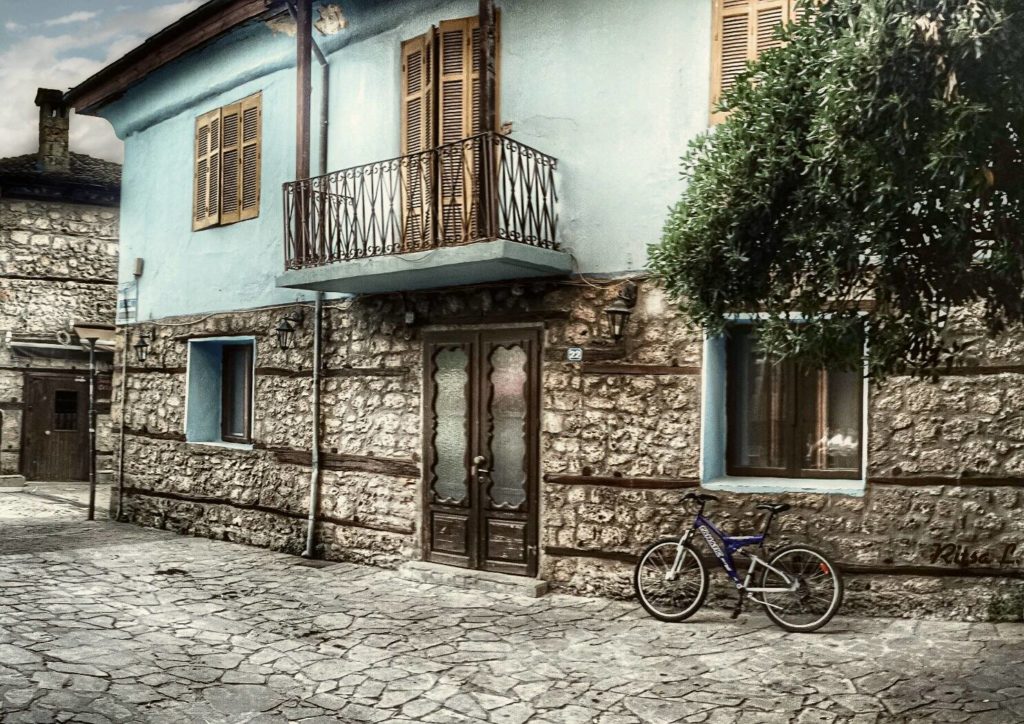
In the midst of the 19th century, the town of Veria had 16 small neighbourhoods. Throughout the period of the Ottoman rule, the shops were concentrated in the Byzantine market, the bazaar. The most famous neighbourhoods which have survived are the Jewish and Christian Quarters.
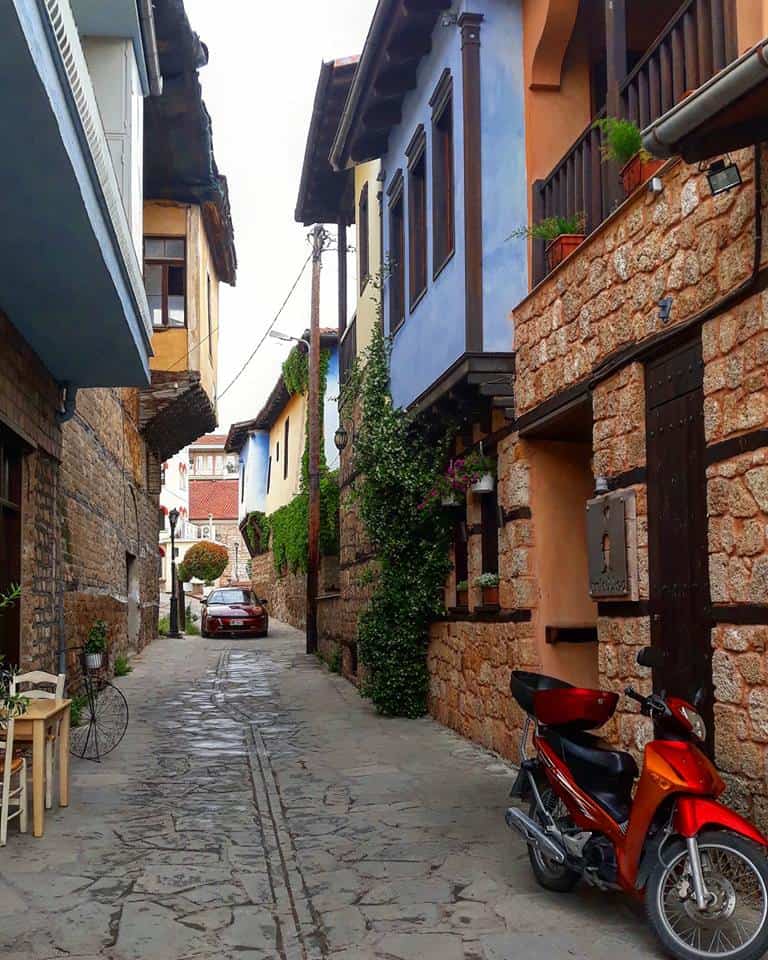
Traditional Quarter of Kyriotissa
Kyriotissa is a stunning quarter with a maze of narrow alleys, tall buildings, mansions, and gardens. Kyriotissa follows the Barbouta architectural style. The buildings have floors with heavy overhangs, successive windows and skylights, cob walls and heavy doors. Today, numerous houses have been restored and converted into venues.
Behind the tall fences and adjacent alleys emerge small stone Christian and Byzantine churches.
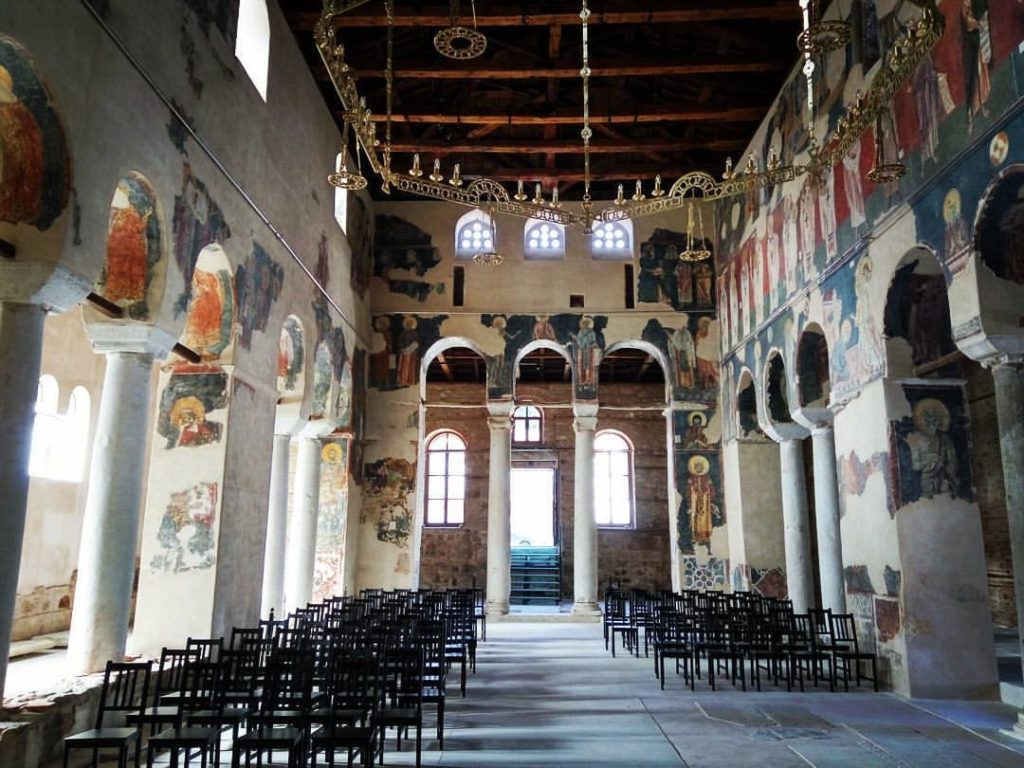
Traditional Quarter of Panagia Dexia
This well-preserved neighbourhood is developed alongside the Tripotamos River by the modern part, Veria City. Make sure to pay a visit to the church of Panagia Dexia, built in the 19th century, in place of a former church of the 14th century. Take a look at the easternmost surviving sector of the former church where you can gaze upon the sanctuary’s niche and wall paintings.
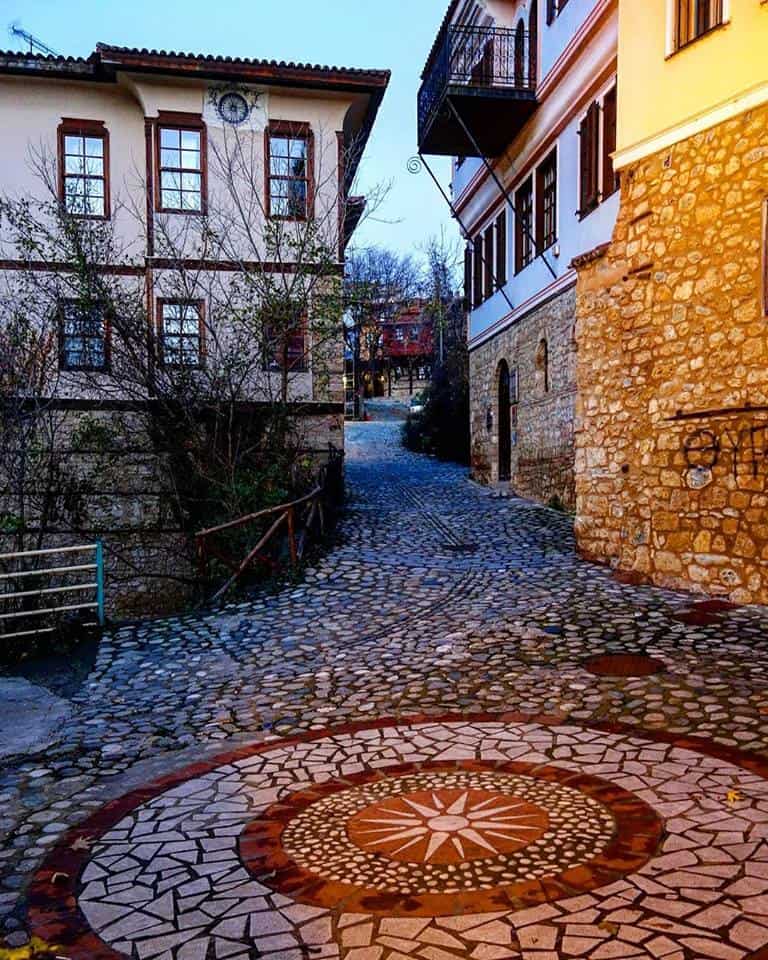
Traditional Jewish Quarter of Barbouta
Make a stop by the Jewish Quarter next to the Tripotamos River with its cobblestone streets and imposing mansions. The quarter is located next to Barbouta area, whose name comes from an old fountain. The Jewish Synagogue, with its rich interior decoration, was built in 1850; it’s the oldest in northern Greece and one of the oldest in Europe. Today the synagogue is used as a worship place for Jews who travel to Veria, as well as a monument of their spiritual, artistic and architectural tradition.

Paul the Apostle
Paul the Apostle preached the Gospel, faith, salvation, and love to a large number of Jews and Verians that believed in the Gods of Olympus or had adopted outlandish worships. His preach had a great resonance and since his first visit in the Macedonian town, he had proselytized many Verians to the new religion. Paul visited Veria twice; in 56 AD and at the beginning of 57 AD during his journey from Asia Minor to Greece. According to historical resources, Paul the Apostle had visited Veria at least twice between 50 AD and 57 AD in order to teach the life of Jesus to the people of the region. The Apostle of the Nations was warmly welcomed since his first visit and his preaching had a great impact on the Verians and the Jews. Paul’s the Apostle passage through Veria and the impact of his preaching, reveal the significance of the town at the first steps of Christianity and the important role that the town played for the spreading and establishment the Christian faith in Greece.
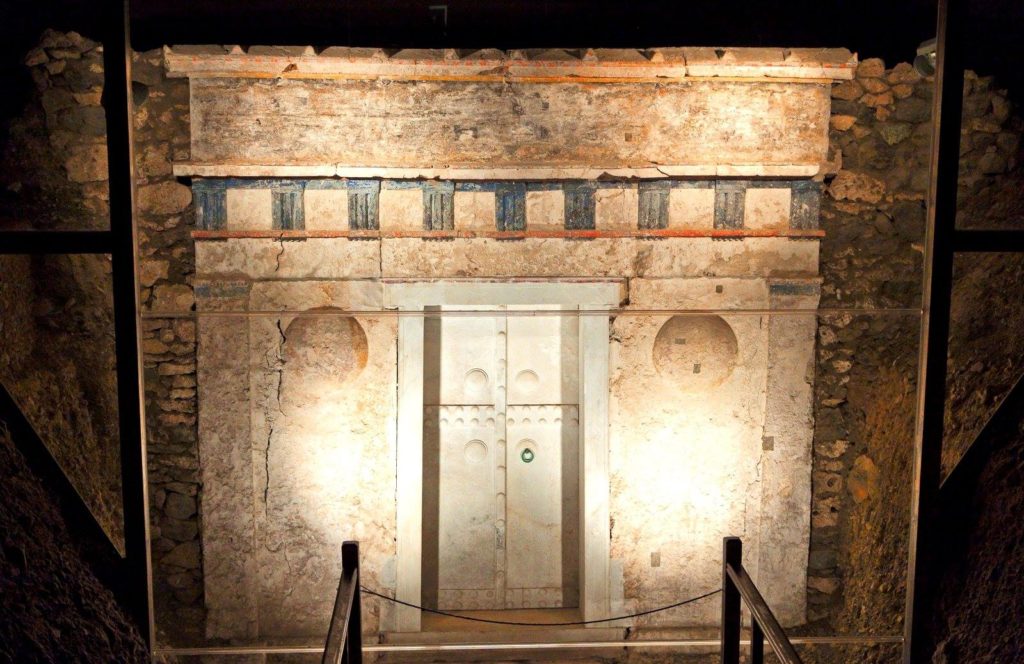
Aigai, Vergina
Aigai was the first capital of Macedonia and the core of the ancient Kingdom, the place where the family of Philip II and Alexander the Great reigned for over three centuries. It is the legendary, spiritual and political cradle that spread the Greek civilization to the whole world. In Aigai, at the spot of current Vergina, in the Municipality of Veria, the King of Macedonians, the sovereign of the Balkans and elected overlord of Greeks, Philip II, in the year 336 B.C. had celebrated the greatest feast of his kingship before his inglorious end by the hand of his murderer, a fact that changed the world and its history, making Alexander the Great the leader of the Macedonian Kingdom. The excavations in 1977, by Professor Manolis Andronikos, revealed the 20th century greatest discovery on Greek land. The treasures found were of great archaeological and historical significance and the territory of the ancient Macedonian Kings was proclaimed as a World Heritage Site in 1996 by UNESCO.
At the Royal Tombs Museum, you can admire portable findings and wall paintings in an impressive underground construction. Philip II's tomb and the magnificent golden urn are the items that stand out.
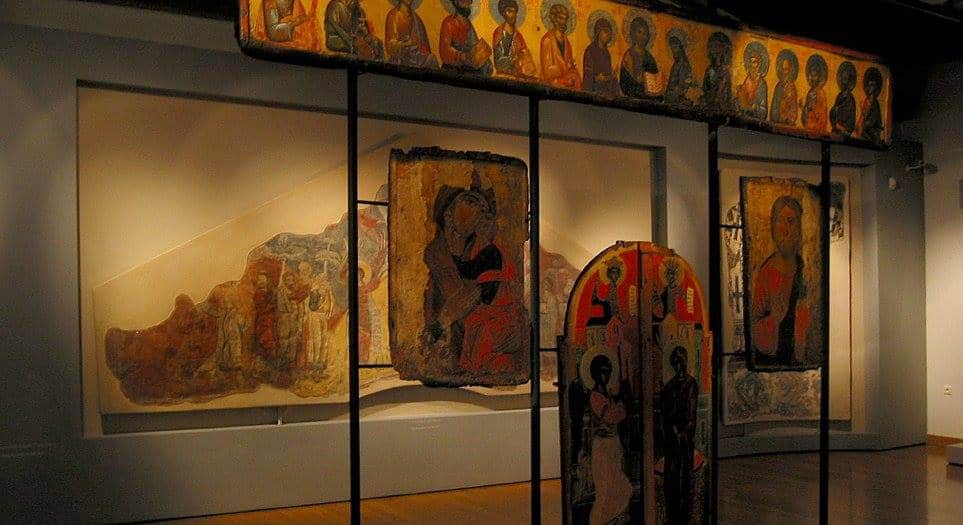
Museums
The Archaeological Museum houses findings from Veria’s archaeological sites dating back to the Late Stone Age up to the Hellenistic Period. The findings originating from the excavations of Nea Nikomedia, which were identified as the oldest settlement in Europe (Neolithic Age) are of special interest. The Byzantine Museum is housed in a majestic industrial building dating back to 1911. Each floor has a separate exhibition theme of the permanent collections of the museum. Get acquainted with the most representative samples of the city’s glorious past. Other must-see museums are the Polycentric Museum of Aigai, the Vlachogianneio Museum (also known as Macedonian Struggle Museum), the Folklore Museum of Vlachs and the Museum of Education “Christos Tsolakis”. Also make sure to go by the Public Library, which has won several international awards.
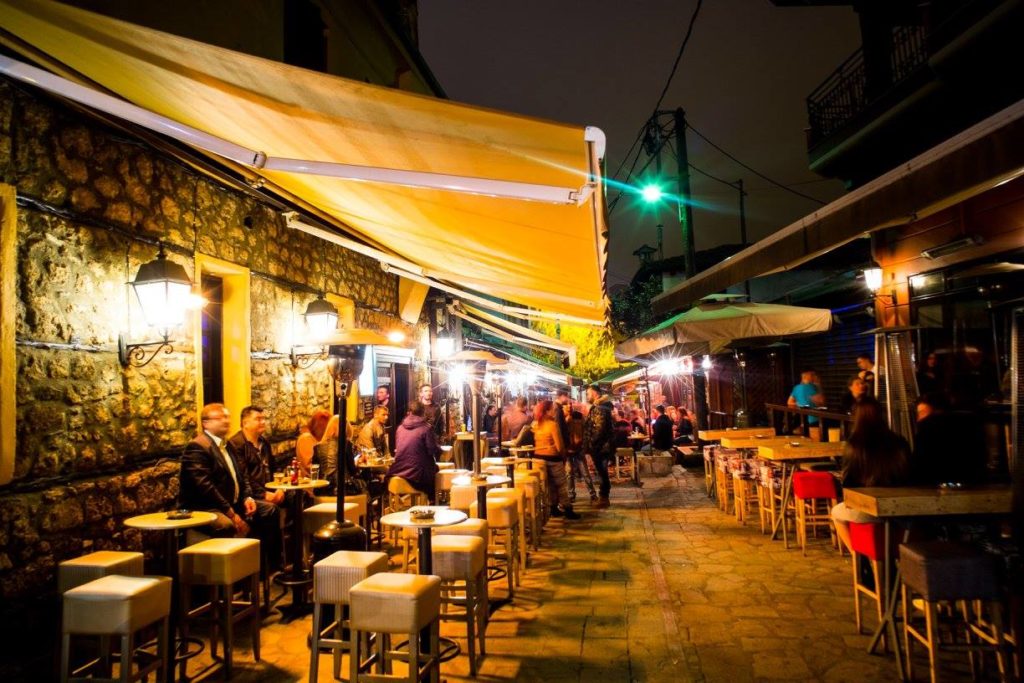
Modern Veria
In Veria visitors can find great hotels and guest houses with impeccable aesthetics and respect to the local architecture. In the region of Veria, there is also a large number of agritourism and traditional accommodation facilities. The shopping centre of Veria, with dairy and local produce markets, agricultural products and traditional workshops of local cuisine, introduces visitors to the local tradition and culture.
A coffee break in the city center along with a local sweet will lift your mood and your energy for night time outings. To fully enjoy the experience head out to the town after sunset and try some of the great restaurants with local delicacies and dishes that are set next to important historical monuments.
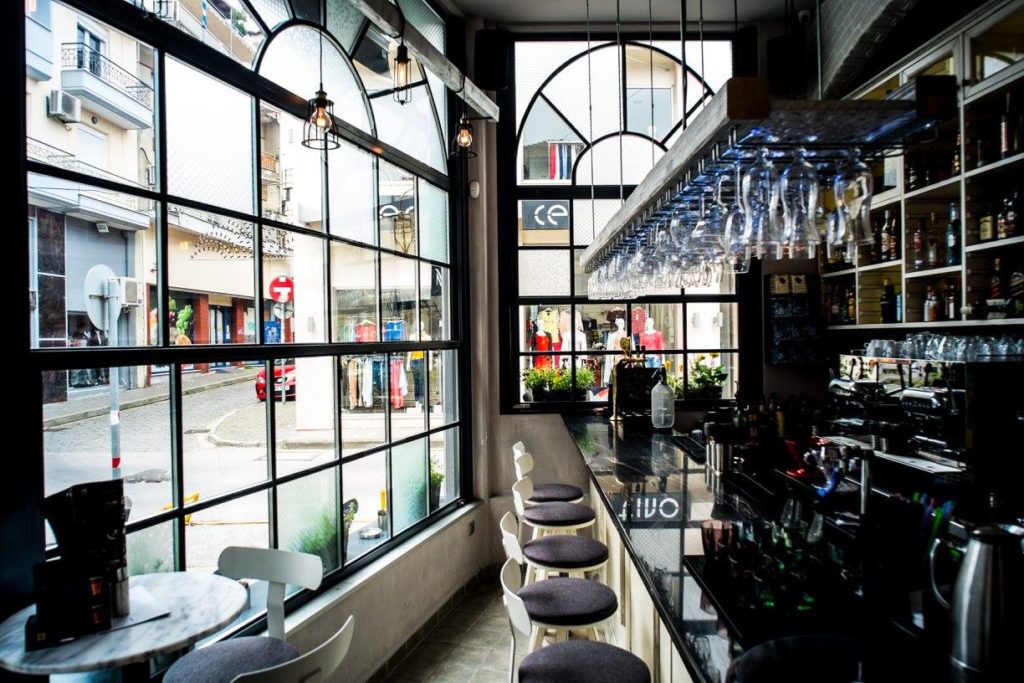
Τhe main shopping area, with many stores and cafès, is set in the modern city center, offering everything you expect of any city.
Veria is very friendly to pedestrians, giving priority to them even without traffic lights and it really is a great place to walk around in order to take in all it has to offer.
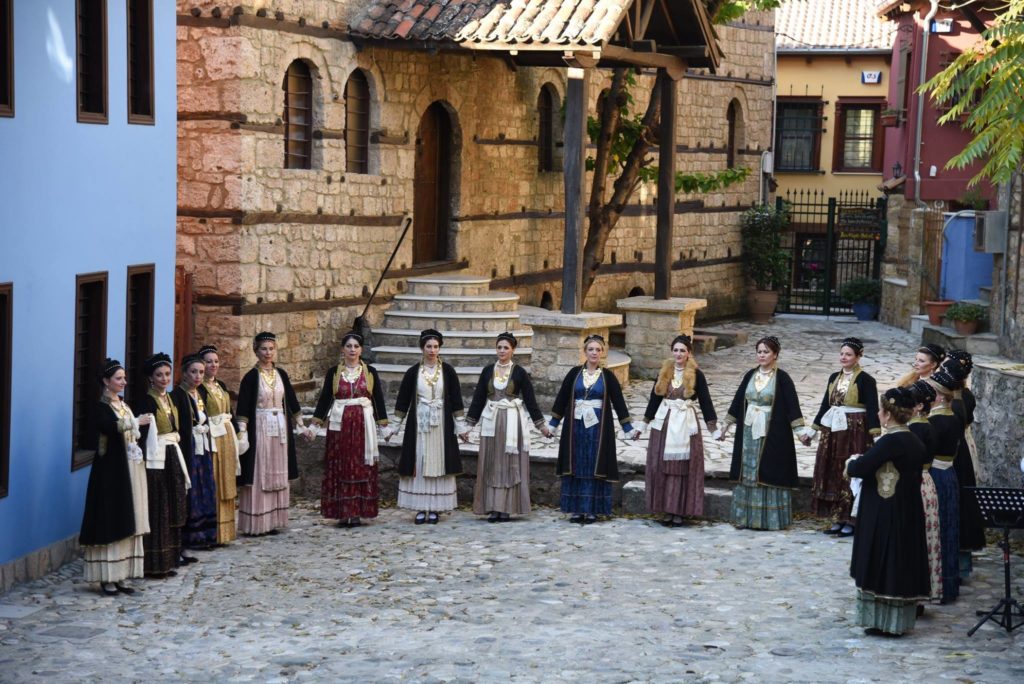
Veria has two characteristic squares that are landmarks of the city, the “Elia” square with great views of the plain of Imathia and “Orologiou” or “Raktivan” square. If there is no local festivity, festival or event at the Arts Hall during your visit, you can enjoy yourself at the local bars listening to Greek and often traditional music. Do not forget to taste some of the top wines of the region and tsipouro produced by local grape varieties.
Veria is a destination which is connected easily with every transportation network of Greece. It is 520km away from Athens, 72km away from Thessaloniki and only 13km away from the Archaeological site of Aigai.
*Source: Visit Veria

